Much has changed since the first pair of glasses in Italy, more than 900 years ago.
But the basics, using a fixed lens to correct our vision, have not – until now.
A startup in Israel applies a thin layer liquid crystal so that the strength of the lenses can instantly be changed.
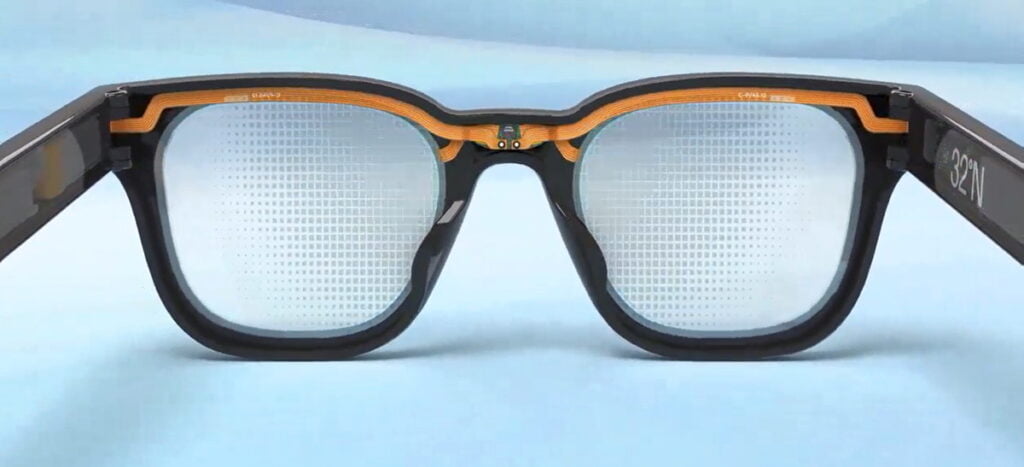
A single swipe along the arm of the frame adds your own, personal reading prescription to a pair of uncorrected sunglasses. Swipe again and they’re instantly back to standard sunglasses.
They are, say Deep Optics, “the first and only adaptive focus sunglasses capable of changing their focus at any distance”.
The technology adds virtually no extra weight or bulk to the design of the glasses.
The company is initially applying its patented breakthrough technology to sunglasses, branded as 32°N, which will launch later this year.
It will then roll it out to prescription glasses, offering relief to the over-45s who are forever juggling one pair of glasses for reading and another for distance.
Deep Optics has found a way to use the liquid crystals we see in TVs, laptops, smartphones and watches to change the prescription of the lenses in a pair of glasses.
The wearer swipes and activates a tiny processors embedded in the arms of the glasses, which calculates the lens data for their personal magnification.
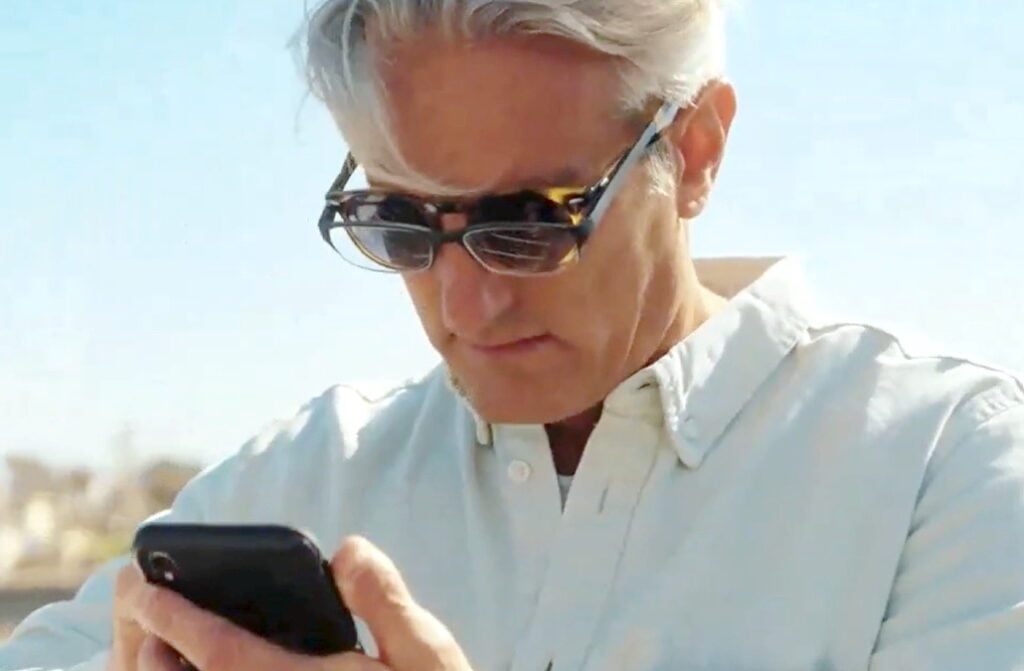
It sends that data to the millions of tiny pixels of liquid crystal inside the dynamic lens, changing their electrical state and instantly rotating to bring things into focus for the wearer.
The pixelated liquid crystal lenses perform like the human eye. They can re-arrange themselves into an unlimited number of dynamic, high-quality lenses.
Unlike the autofocus lenses on cameras, phones and projectors, there are no moving parts. The transition from sunglasses to reading glasses is smooth, silent and instant.
“If you open up your phone and take out the camera, you will see that it has a tiny motor inside that shifts the lens,” says CEO Yariv Haddad.
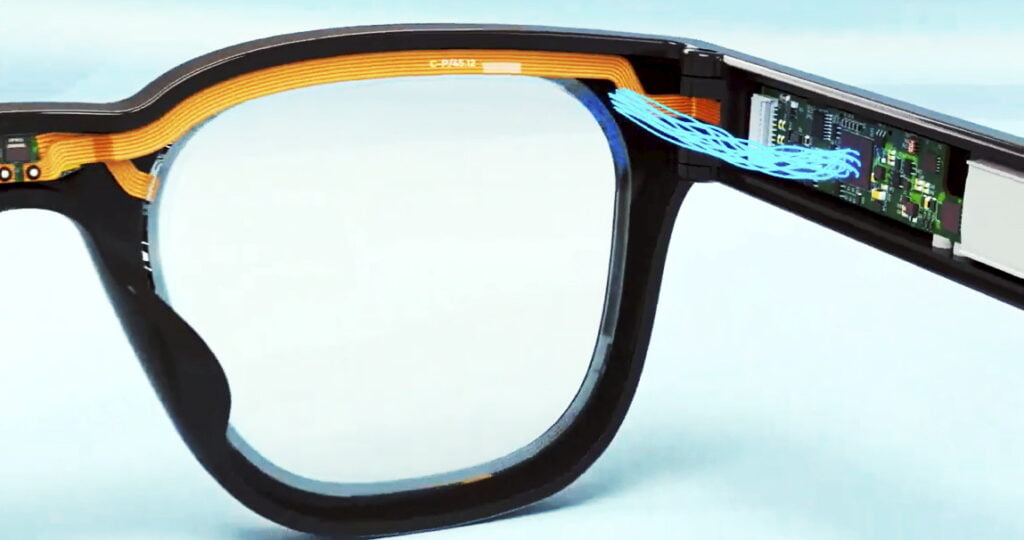
These applications all apply focal distances dynamically but have moving parts, which is not ideal for an accessory sitting on your face.
Sign up for our free weekly newsletter
Subscribe“The most important trait of the liquid crystal is that it is a very thin layer of transparent material that you can control electronically, and it does not move,” says Haddad.
“For every different focus we apply a different voltage profile to create a different lens.” The lens changes its electrical state to replicate the necessary prescription.
“We are using static energy to address dynamic needs. Once you get to a point where the dynamics of your vision is lost, you have to have glasses that can adapt and respond to different conditions.”

The glasses are controlled by a smartphone app. The wearer keys in their prescription, distance between the lenses, personal magnification levels and other details to set them up, and can make changes at any point in the future.
Deep Optics describes them as “off-the-shelf sunglasses that are 100 per cent personalizable”.
There’s also a “glance mode” that allows the wearer to automatically deactivate the reading function after a few seconds or set a special mode for an extra magnification when they swipe.
“These are the only glasses that can actually change their focal distance, and the lens can change its magnification or prescription,” says Haddad. “Whether you are looking up close or focusing on the sign ahead you can apply any reading prescription you want.”
“If you want one prescription for a closer object and another for an intermediate one you set these two prescriptions and you can toggle between the two.”
So far Deep Optics has been adding the reading prescription to uncorrected sunglasses. In future it will also do so for prescription lenses, addressing presbyopia, a problem faced by an estimated 2 billion people.
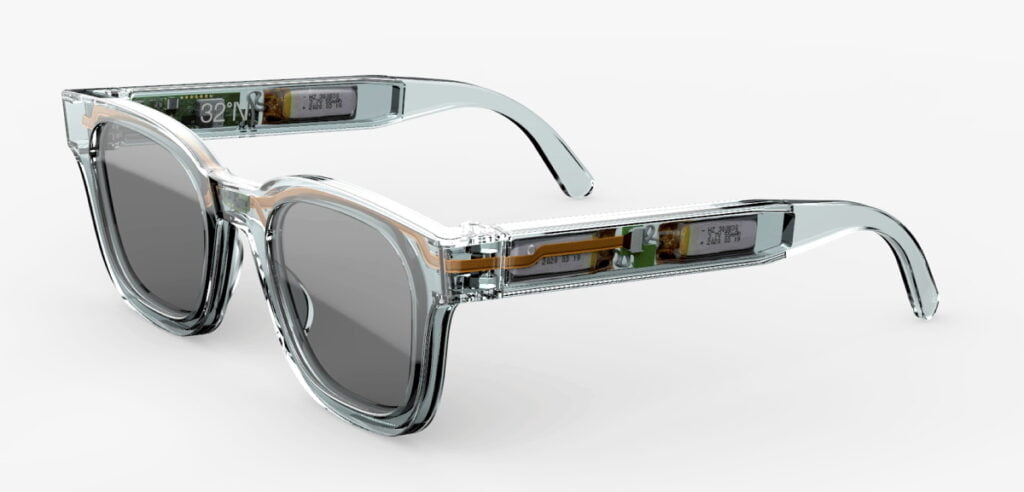
With age the focus mechanism in our eyes deteriorates, so we struggle with the switch from reading to distance vision.
Its next generation of liquid crystal glasses will add the reading prescription to corrected glasses.
“The first model is not prescription-based,” says Haddad. But next year the glasses should be available with prescriptions for people who are short or far sighted.
The 32°N sunglasses will be launched online in the United States later this year and elsewhere in 2024.
Related posts

Editors’ & Readers’ Choice: 10 Favorite NoCamels Articles

Forward Facing: What Does The Future Hold For Israeli High-Tech?

Impact Innovation: Israeli Startups That Could Shape Our Future


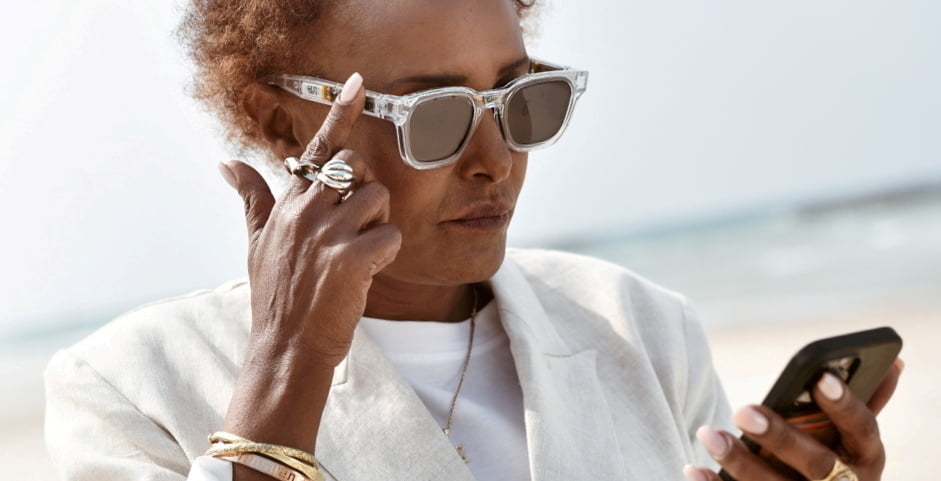

Facebook comments